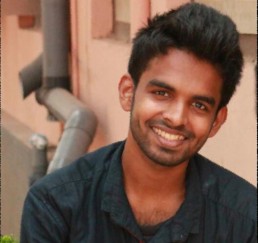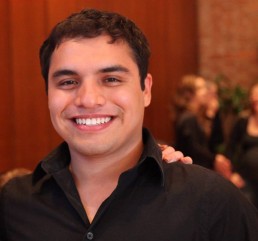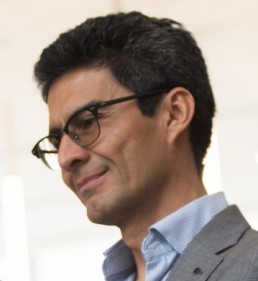Andrew
Andrew’s PhD research involves developing systems that use scalp electroencephalography (EEG) to control robotic hand prostheses for restoring motor control to amputees. His research interests include enhancing user friendliness and neural feedback in brain imaging devices. His contributions to the Brain on Art projects in the University of Houston include developing user interfaces of brain imaging devices for public outreach, programming interfaces that allow users to control the environment through neural signals, and surveying mobile brain imaging devices currently on the market.
Akshay
I am a Ph.D. graduate student at the University of Houston. My research involves classification and decoding of non-invasive Electroencephalographic (EEG) signal using
and deep learning techniques. I am in search of understanding the engineering and spiritual meaning of human existence. I aspire to setup a research environment aiming at bringing innovation in the fields of healthcare, education and spirituality through technology, taking inspiration from nature’s design.
Jesus
Dr. Contreras-Vidal
Jose Luis Contreras-Vidal is a Hugh Roy and Lillie Cranz Cullen Distinguished Professor of Electrical and Computer Engineering at the University of Houston. Dr. Contreras-Vidal’s research focuses on neural, cognitive and rehabilitation engineering, and development of noninvasive brain-machine interface (BMI) and other human-machine systems to restore or assist movement in clinical populations with upper and lower-limb disabilities. His laboratory has pioneered the development of noninvasive neural decoding methods based on scalp EEG and closed-loop BMIs to robotic exoskeletons and prosthetic limbs to restore motor function in individuals with spinal cord injury, stroke, and limb amputation. He has also developed experimental and computational approaches to acquire brain activity in ‘action and in context’ in complex real settings.





